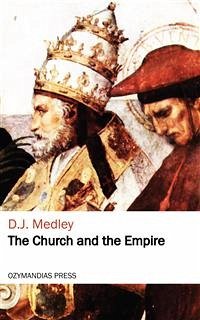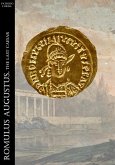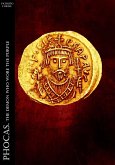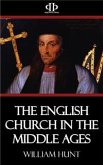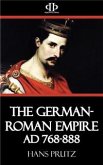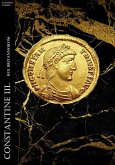The Church and the Empire by D.J. Medley is an insightful exploration of the intricate relationship between the medieval Church and the political powers of Europe. Spanning from the fall of the Roman Empire to the Renaissance, this work examines how the Church grew into a dominant force, influencing governance, society, and culture. Medley delves into key events such as the rise of the Holy Roman Empire, the Investiture Controversy, and the Crusades, offering a nuanced view of how faith and politics shaped each other during this transformative period.
Medley skillfully examines the balance of power between spiritual and secular authorities, shedding light on the ambitions and conflicts that defined medieval Europe. Figures such as Charlemagne, Pope Gregory VII, and Frederick Barbarossa come alive in this narrative, alongside discussions of reform movements and theological debates that challenged the Church's role in worldly affairs. The book presents a richly detailed portrait of an era where the lines between divine and earthly rule were often blurred.
With its engaging prose and meticulous research, The Church and the Empire remains a vital resource for understanding the dynamic interplay between religion and politics in medieval history. Medley’s analysis captures the drama, complexity, and lasting impact of this relationship, making it an essential read for anyone interested in the history of Christianity, medieval governance, or the broader forces that shaped Europe’s past.
Medley skillfully examines the balance of power between spiritual and secular authorities, shedding light on the ambitions and conflicts that defined medieval Europe. Figures such as Charlemagne, Pope Gregory VII, and Frederick Barbarossa come alive in this narrative, alongside discussions of reform movements and theological debates that challenged the Church's role in worldly affairs. The book presents a richly detailed portrait of an era where the lines between divine and earthly rule were often blurred.
With its engaging prose and meticulous research, The Church and the Empire remains a vital resource for understanding the dynamic interplay between religion and politics in medieval history. Medley’s analysis captures the drama, complexity, and lasting impact of this relationship, making it an essential read for anyone interested in the history of Christianity, medieval governance, or the broader forces that shaped Europe’s past.

